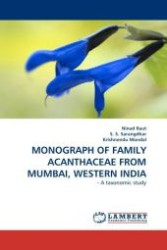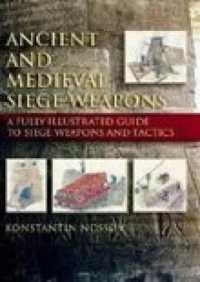Full Description
Kelroy, a nearly-forgotten 1812 novel by Rebecca Rush, combines the refinement of the novel of manners with the Gothic novel's hidden evil to tell the story of the star-crossed lovers Emily Hammond and the romantic Kelroy, whose romance is doomed by the machinations of Emily's mother. Set in the elite world of Philadelphia's Atlantic Rim society, Kelroy transcends the genre of sentimental romance to expose the financial pressures that motivate Mrs. Hammond's gambles. As she sacrifices her daughter to maintain the appearance of urbane wealth, Mrs. Hammond emerges as one of the most compellingly detestable figures in early American literature.
Appendices include materials on gender, economics, and marriage; games and dancing; and gambling and the lottery in early urban America. A group of illustrations of early-nineteenth-century Philadelphia is also included.
Contents
Acknowledgements
Introduction
Rebecca Rush: A Brief Chronology
A Note on the Text
Kelroy
Appendix A: Early Philadelphia
"A Plan of the City and Environs of Philadelphia" (1777)
William Russell Birch, Introduction to The City of Philadelphia (1800)
William Russell Birch, "Plan of the City of Philadelphia" (1800)
William Russell Birch, "Bank of the United States, in Third Street, Philadelphia" (1800)
William Russell Birch, "Mendenhall Ferry, Schuylkill, Pennsylvania" (1809)
Appendix B: Gender, Economics, and Marriage
From Fidelity Rewarded, Or, The History of Polly Granville (1796)
From Mrs. Patterson, The Unfortunate Lovers, and Cruel Parents (1799)
Susanna Rowson, "Affection" and "The Choice," Miscellaneous Poems (1804)
Appendix C: Entertainments in Early Urban America
Thomas Crehore, Playing Cards (c. 1820)
From Sarah "Sally" Sayward Barrell Keating Wood, Dorval, or, The Speculator (1801)
A Lady's Invitation to the Philadelphia Assembly (1785)
Rules of the Philadelphia Assembly, Season 1812 & 13
"The City Dancing Assembly Honors Washington's Birthday with a Ball" Philadelphia Gazette (24 February 1794)
Thomas Wilson, "The Five Positions of Dancing," An Analysis of Country Dancing (1811)
Appendix D: Gambling and the Lottery
From Caroline Matilda Warren, The Gamesters: or, Ruins of Innocence (1805)
From Mason Locke Weems, God's Revenge Against Gambling (1810)
From The Wonderful Advantages of Adventuring in the Lottery!!! (1800)
Works Cited and Recommended Reading








